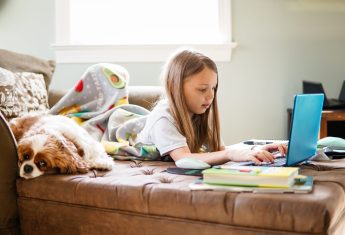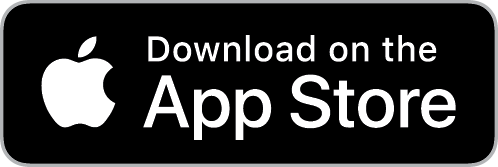Primary 2 - Early Level Literacy
Online Literacy Lessons for Primary 2 Students in Scotland.
In Primary Two we introduce the concept of grammar, explaining how we use language building blocks to begin communicating effectively.
Our lessons explain capital letters and full stops, how they are used to start new sentences and how to finish them
Students are introduced to nouns as words that describe “things” and then how some nouns are proper nouns and need a capital letter, such as place names, and some aren't - like crayon, perhaps. We show them how to use them in sentences
Then it's verbs - doing words. We explain how to write “running” instead of “walking” and
Students learn how to use adjectives to describe things they are writing about and how to use them with nouns.
We show them how to use connecting words - and, but - in sentences, joining different ideas.
They learn how to use similes - using “like” and “as” to draw comparisons when building sentences.
Pupils will already be using contractions in everyday speech and learn here how to take two words and make them one which makes sense in a sentence.
After the basics in grammar, it's time to start writing.
We begin with simple sentence writing, learning how to complete a sentence when they have been given a beginning and then how to compose a sentence on their own that makes sense.
We teach different sentence openers, inviting pupils to devise interesting ways of starting sentences.
In up-levelling sentences we explain how to describe a setting and show students ways of doing so. Students learn to write instruction, including writing lists.
They learn how to describe a character and to create characters for themselves and then how to describe a setting and to create their own settings.
The lesson shows pupils how to write questions, using question marks and to create questions using different starters.
Next they learn how to write a letter using the correct letter layout and to write about something that has happened each day in the daily news-writing section.
We explain the differences between fiction and non-fiction and how to sequence a story, describing the important events in it. They learn to predict what might happen next in the story.
We move on to spelling, explaining digraph words, made up of two letters which make one sound, including sh, ch, th and wh and our pupils learn how to decode tricky words.
We explore different spellings for 'igh' sounding words, gn and kn for N sounding words, dge and ge for J sounding words and wr for R sounding words. In this section they also learn to read words with a silent w.


"It's bright and colourful, easy to read, and extremely easy to use unlike most textbooks or online learning websites" Daisy, S3 PupilSign Up & Learn Today

